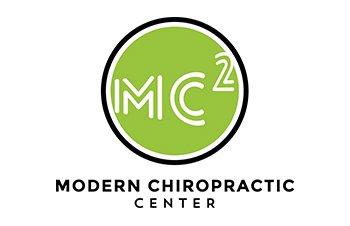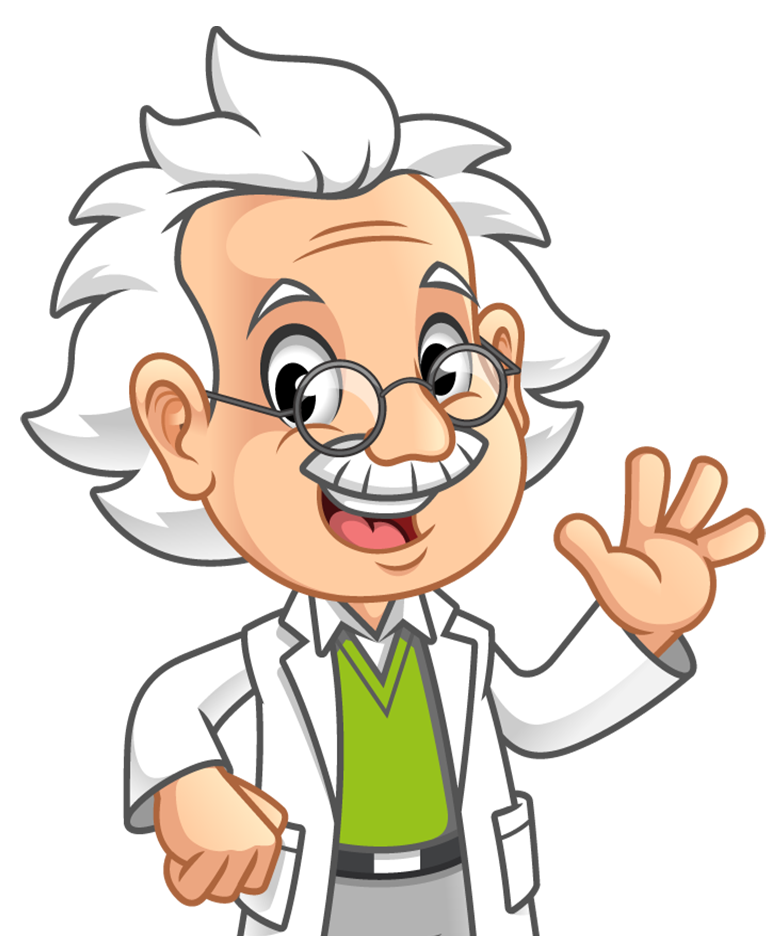Dizziness and MVC facts
Each year over one million people in the United States sustain whiplash injuries. About 25 percent result in long term chronic disorders although some literature suggests that 43 percent of patients will suffer long-term symptoms. One study reported that after six months, 38 percent of patients still reported daily or constant symptoms. Common symptoms of whiplash include headache, neck pain and stiffness, nausea, pain, weakness and paresthesia of the arms, thoracic and lumbar spinal pain, insomnia, dizziness, memory loss, visual disturbances, and psychiatric disorders such as depression and anxiety. Although this seems extensive already, the list goes on.

Something that the doctors at Modern Chiropractic hear more often than not is “well, they only hit me going 12 mph so I don’t think I am hurt that bad.” Unfortunately, that is not the case and the reason is because well, physics. Whiplash is the unequal transfer of energy to the neck. The force that an accident victim is exposed to is generally two and a half times greater than that which the vehicle is struck. A common misconception is that if there is no vehicle damage, there would be equally little or no injury. Manufacturers use of rigid or stiff motor vehicle bodies and chassis as well as improved bumper systems also produce an increased G force to occupants involved in car accidents. The acceleration-deceleration forces which cause whiplash injury are sufficient to permanently disable an individual. Even in a low speed rear impact collision of 8 mph, the head moves roughly 18 inches, at a force as great as 7 G’s in less than a quarter of a second. To put this into perspective, the Discovery space shuttle is only built to withstand a maximum of 3 G’s. This is something that even a child could understand… It takes a LOT of force to move a space shuttle and yet car accidents cause MORE force in the cervical spine that what it takes to move a space shuttle.
Having this knowledge of physics and biomechanics as well as anatomy and physiology put the doctors at Modern Chiropractic at an advantage to treating injuries of the spine after a motor vehicle collision. As aforementioned, there are many symptoms that need to be addressed post collision. Roughly 2 out of 10 people experience dizziness from whiplash injuries after car accidents but WHY would someone get dizzy and HOW do you fix it?
Some reasons for dizziness include (but are not limited to):
- Lack of movement at the C1, C2, C3 levels
- Trigger point therapy of the sternocleidomastoid muscles that are spasmed can cause dizziness, as noted by M.D. Janet Travell
- Trigger points in the rectus capitus posterior minor and major muscles. The rectus capitus minor has connections to the dura mater and can cause headaches as well.
- Problems with coordinating eye movements and neck movements can cause dizziness.
- BPV-Benign Positional Vertigo-this can happen when the small otoliths of the inner ear get dislodged.
- Kinking of the vertebral artery in the neck, which is a very rare phenomenon, can cause dizziness.
- Global loss of curvature of the cervical spine
- Soft tissue and ligament injuries that send proprioceptive information to the brain
- concussions
The list goes on and on but in order to find out the true cause of your dizziness, one of the doctors at Modern Chiropractic will do a very thorough examination that may include x-rays to determine the cause of your dizziness. We have two locations in the Treasure Valley to serve our community to help return you to normal life after being involved in a car accident. Please give us a call!





